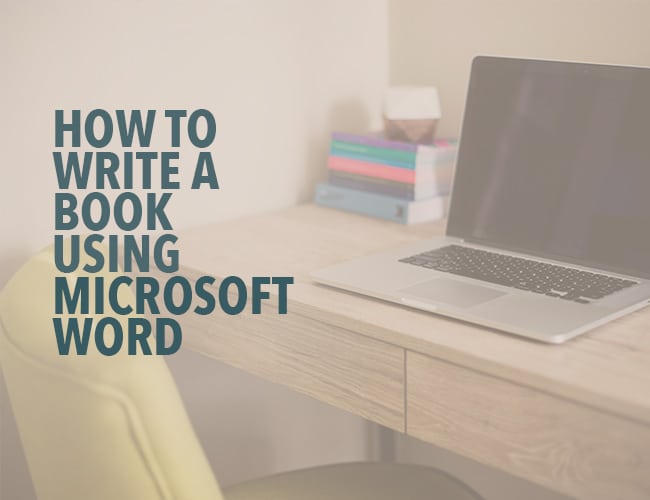

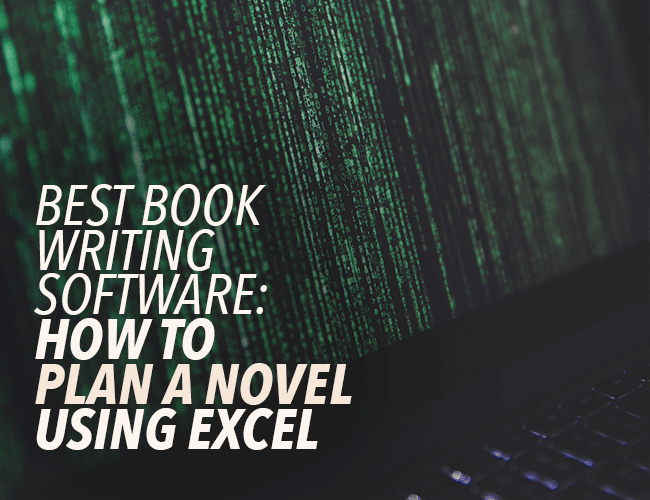
Best Book Writing Software: How to Plan a Novel Using Excel
While finding a word processing tool you are comfortable with is crucial to writing, there are other types of book writing software that are just as important. Before I wrote my first novel, if you’d told me that an important part of my book writing software arsenal would be a good spreadsheet, I would have said you were crazy.
Now that I’ve published three novels, I realize my plots and worlds would never make sense without them.
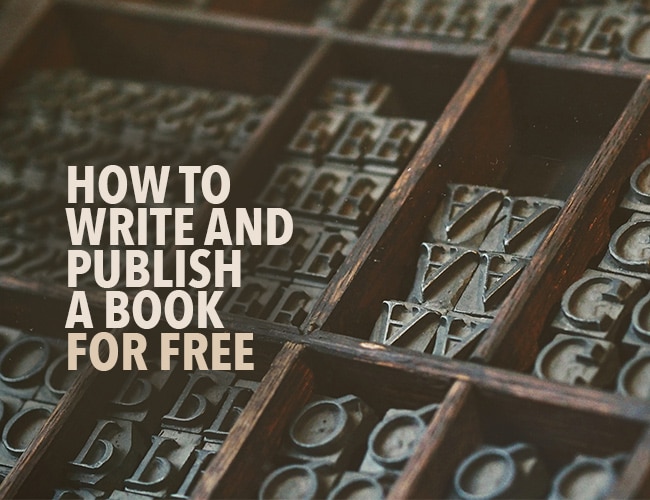
How to Write and Publish a Book (for Free!): the 10 Step Guide
We live in an amazing time. If you have a story to tell or an idea to share, you can write a book and publish it for free, making it accessible to billions of people. This moment is unique to human history, and I think everyone who has a story to tell should take advantage of it. To help get you started, in this post I’m going to give you ten simple steps on how to write and publish a book yourself.
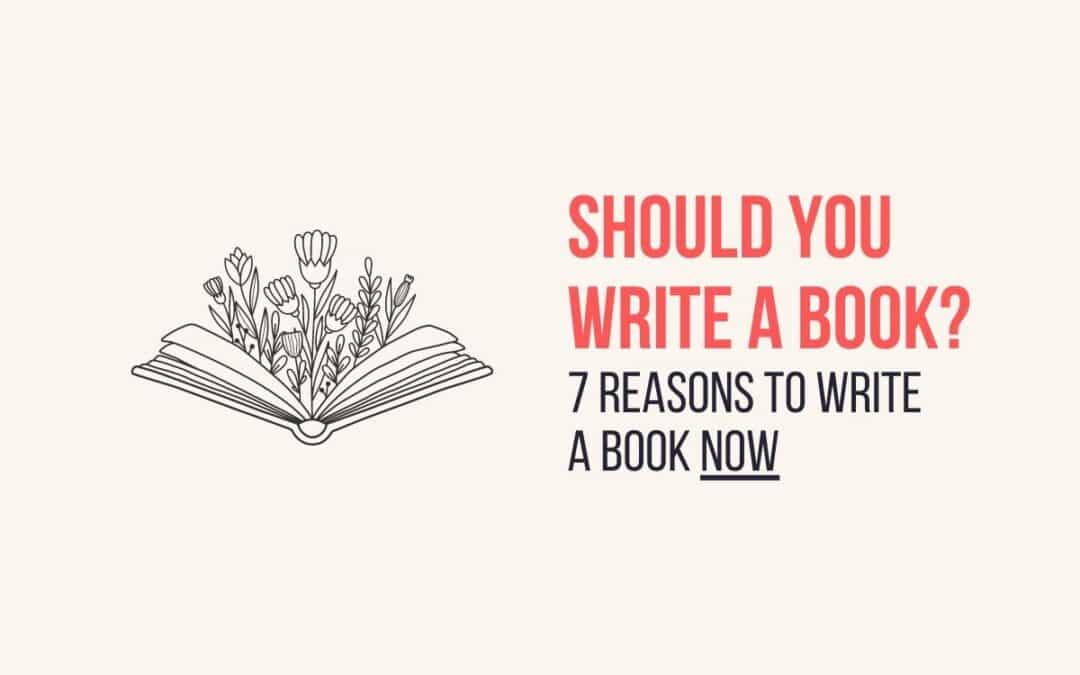
Should You Write a Book? Why Write a Book NOW
While 2016 was completely crazy, it was also extremely productive for me as I writer. Last year, I was able to finish writing THREE books. THREE. In one year. Sounds kind of crazy in hindsight.
Through writing those three books, I learned a ton. And today I’ve compiled a list of all the reasons you should write a book too.
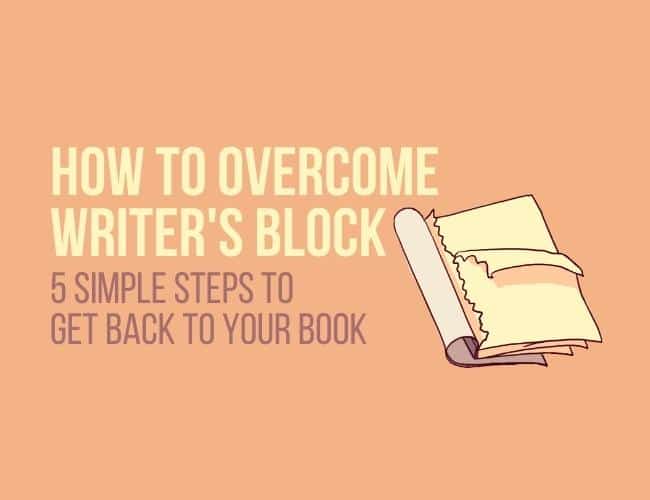
How to Overcome Writer’s Block: 5 Simple Steps to Get Back to Your Book
It’s practically inevitable. You’re rockin’ and rollin’ through your writing, feeling invincible, and then you reach a sudden halt: You’re blocked. The words won’t come. It seems like there’s nothing more, and yet you’ve got things to do! Deadlines to meet! Dreams to fulfill!
It can seem impossible. But never fear: it can be done.
Here’s how to write a book when you’ve got writer’s block.
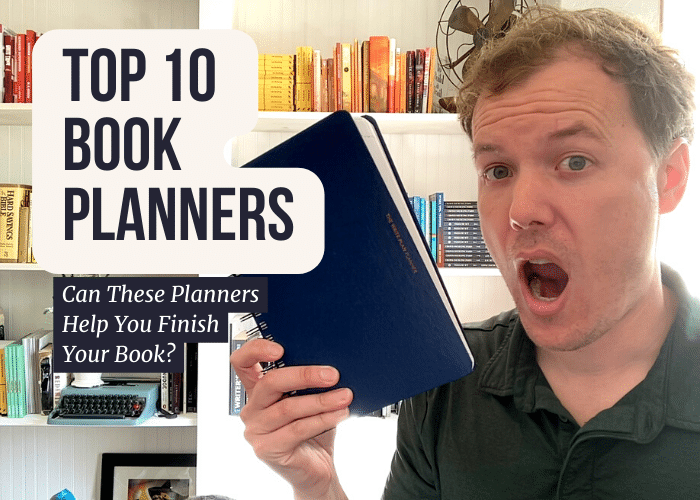
Top 10 Book Planners: Can These Planners Help You Finish Your Book?
Writing a book is a bit like going to war. It takes blood, sweat, and tears, often over the course of years to finish writing a book.
And when going to war, it’s important to spend time planning for battle. As Dwight D. Eisenhower said, “Plans are worthless, but planning is everything.”
But how do you plan? What makes a good plan to write a book? And are there any materials that can help make it easier?
Good news: there are now plenty of practical and user-friendly planners, both physical and digital, specifically tailored for the needs of writers.
In this article, we’ve listed some of our favorite book planners, both physical and digital, created with authors and writers in mind so you can create a strong plan for your book that you can actually finish.